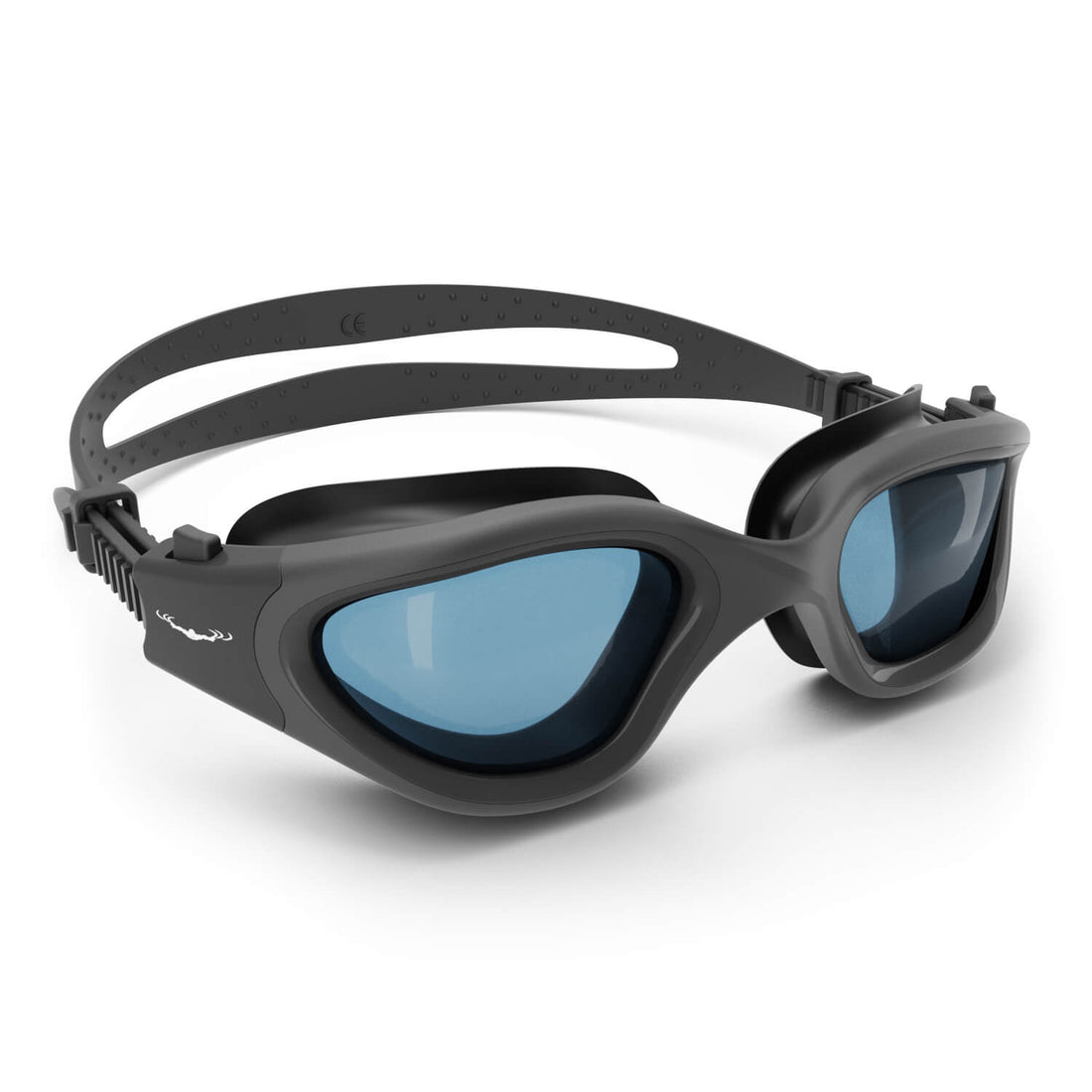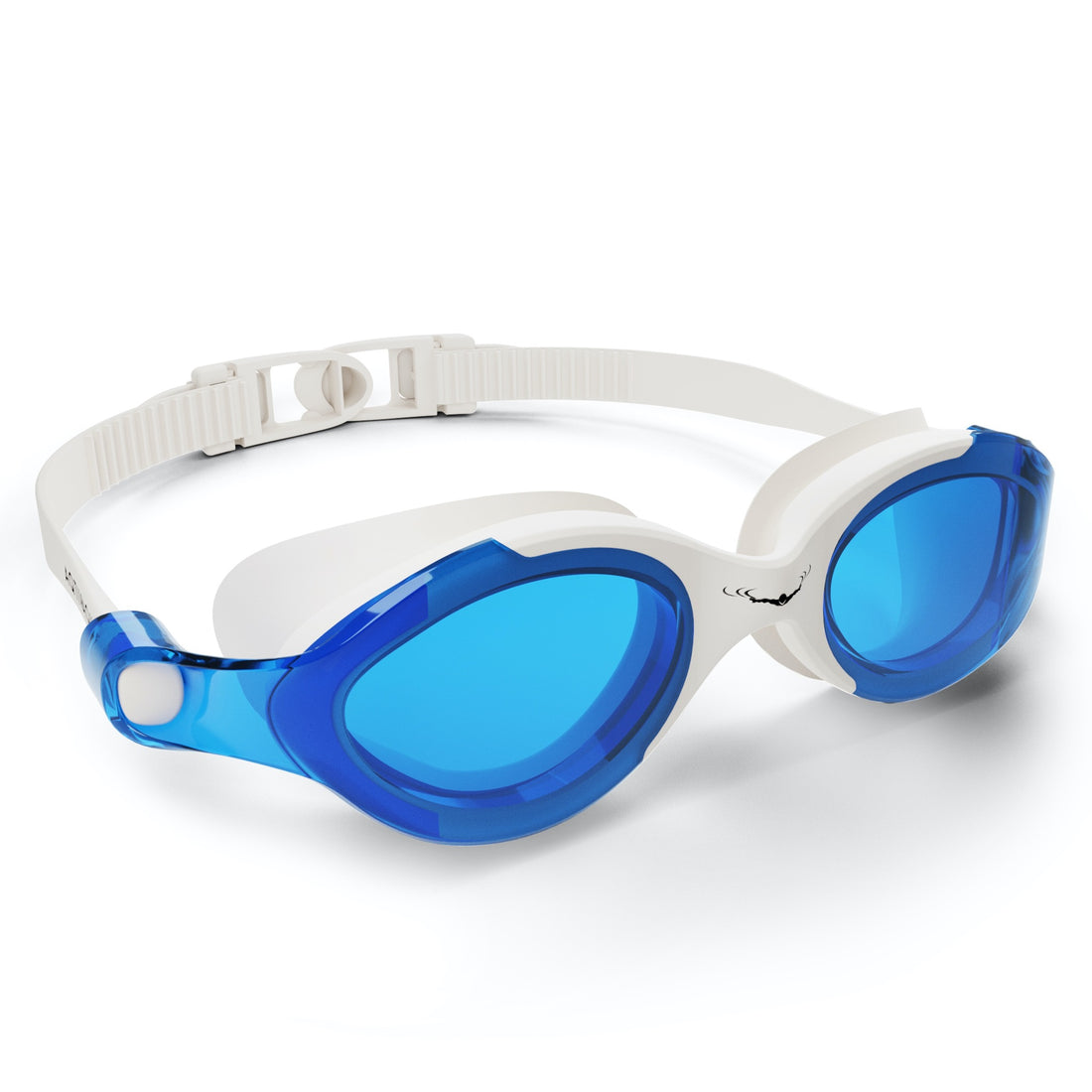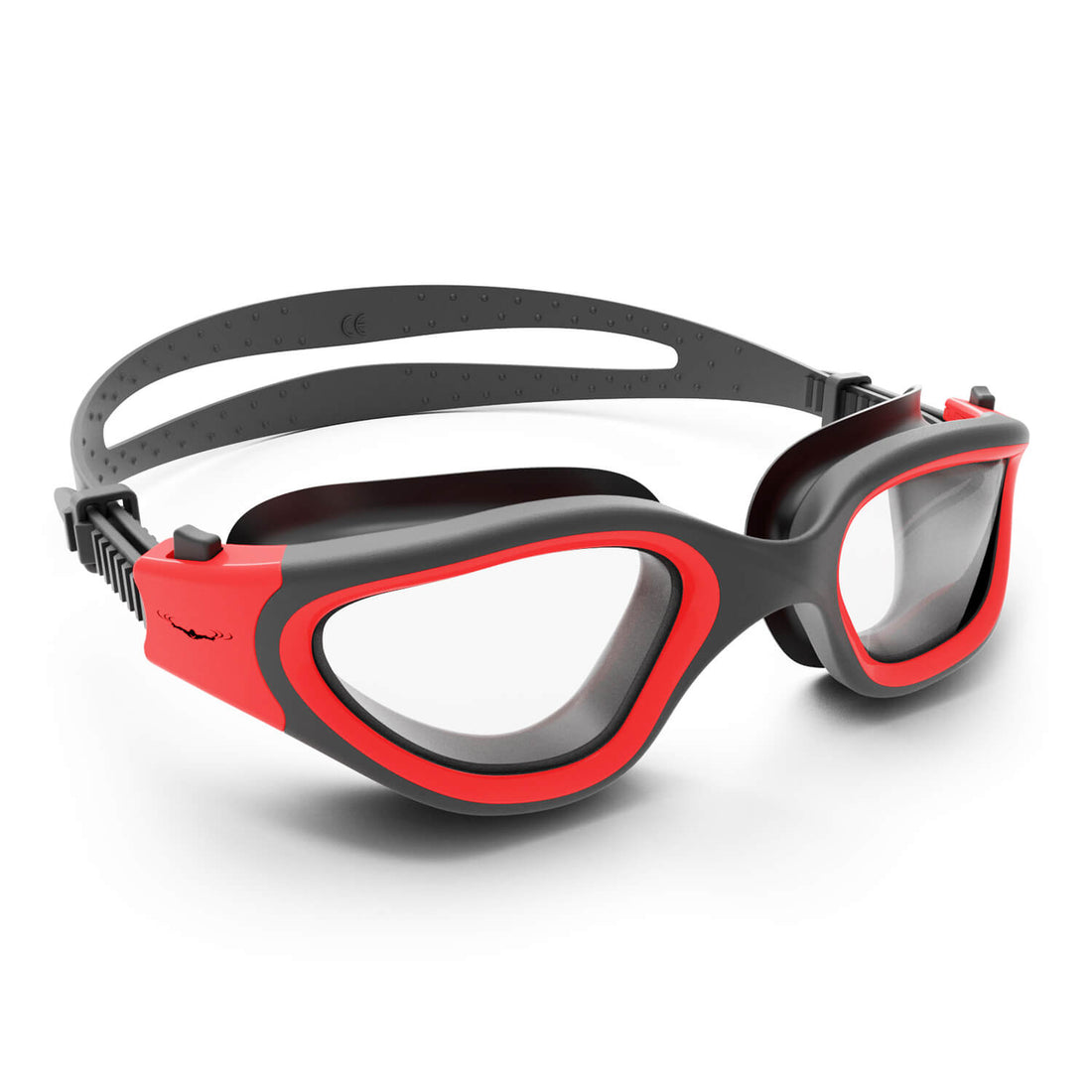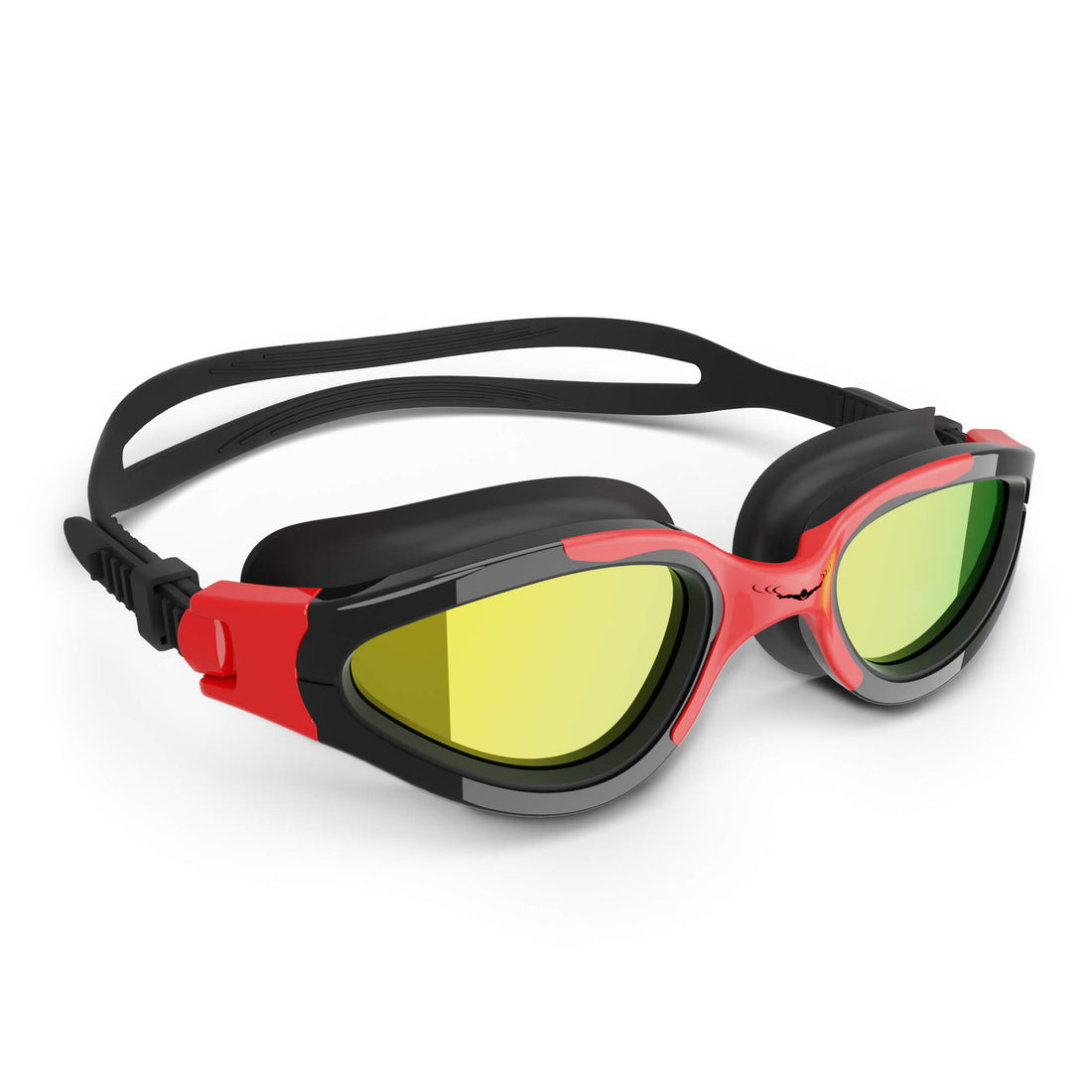Frequently Asked Questions
1. What are some key swim safety tips for families?
2. Why is supervision important while swimming?
3. How can swim lessons benefit children?
4. What should parents know about managing water emergencies?
5. How can families make swim safety fun?
As summer approaches, families everywhere are planning trips to the pool, beach, or lake. While swimming is a fun and refreshing activity for both kids and adults, it also poses various risks. Ensuring that your family is aware of swim safety is crucial for a worry-free experience in the water. Here, we’ll provide some key swim safety tips for families and kids to enjoy their aquatic adventures safely.
Understanding the Risks of Swimming
Swimming can be a lot of fun, but it's important to remember that it comes with inherent dangers. Drowning is one of the leading causes of accidental death for children. Each year, countless families experience tragic losses due to water-related incidents. But by following essential swim safety tips, you can significantly reduce the chances of an unfortunate event.
Basic Swim Safety Guidelines
Supervision is Key
One of the most critical rules to follow while swimming is vigilant supervision. Always keep an eye on children when they’re near water. Whether at home in your backyard pool, at a public beach, or visiting a friend's house, a responsible adult should be within arm's reach of kids who aren't strong swimmers.
Enroll Kids in Swim Lessons
Consider enrolling children in formal swim lessons. Learning how to swim is an invaluable life skill that enhances self-confidence and promotes safety. Swim lessons can help kids understand proper techniques and water safety practices, equipping them with the skills they need to stay safe in various aquatic environments.
Use the Right Safety Gear
Swim goggles are not only essential for comfort but also help improve visibility underwater. This enables children to navigate more easily and become familiar with their aquatic surroundings. While looking for swim goggles, ensure that they fit properly, as it will make the swimming experience even more enjoyable.
Setting Boundaries and Rules
Define Clear Pool or Beach Rules
Before heading out, establish clear rules for swimming, such as:
- No running in the pool area.
- Always swim with a buddy.
- Never dive into shallow water.
- Stay within designated swimming areas.
- Use flotation devices if needed.
When kids are aware of the rules and understand their importance, they are more likely to adhere to them, leading to safer swimming experiences.
Teach Kids to Recognize Their Limits
Every child’s comfort level in water is different. Encourage them to speak up if they feel scared or tired. Make it known that it is perfectly okay to take a break and relax. Recognizing when to step out of the water is a valuable lesson that can save lives.
Acquainting Children with Water Safety
Understanding Water Depth and Conditions
Before allowing kids to jump into any body of water, help them understand the depth and conditions of the water. Educate them about the risks associated with strong currents, tides, and even swimming in unfamiliar areas. Clear communication can prevent impulsive behavior and potential accidents.
Discuss the Importance of Lifeguards
If you're swimming at a public pool or beach, teach your children to recognize lifeguards and their role. Discuss how lifeguards are there for their safety, and encourage them to feel comfortable seeking help if they feel uncertain or in trouble.
Managing Emergencies Effectively
Learn Basic CPR and First Aid
As a parent or guardian, knowing basic CPR and first aid can prove invaluable in emergencies. Taking a course in CPR can empower you to take quick action in case of a water-related incident. Encourage fellow family members to join in and learn together, ensuring everyone is prepared for any situation.
Recognizing Signs of Distress
Teach children to recognize signs of distress, both in themselves and others. A child who is struggling may not always yell for help. Look for signs of difficulty, such as:
- Fatigue and inability to keep their head above water.
- A sudden change in behavior, such as panic.
- Flailing arms and legs or inability to turn around.
By staying observant and alert, you'll make it easier for kids to enjoy their time in the water while keeping safety a priority.
Choosing the Right Swimming Environment
Assessing Pools and Beaches
Before diving in, assess the swimming environment. If the area has a lifeguard station, that’s a good sign of safety. Look for clear signage indicating rules and hazards. Ensure that the bottom of the pool is visible and that the water is clean and well-maintained.
Use Proper Swim Equipment
In addition to swim goggles, other equipment such as life jackets can provide extra security for younger or less experienced swimmers. Ensure that any flotation devices are appropriate for the child’s age and size. Wearing proper swim gear not only enhances safety but also supports enjoyment in the water.
Creating Fun and Safety Together
Make Safety a Family Activity
Incorporate swim safety discussions into family fun. Use games and activities to teach kids how to float, signal for help, and perform basic swimming strokes safely. Learning through practical experiences will help kids remember these essential skills better than lectures alone.
Celebrate Swim Milestones
As your children gain confidence in the water, celebrate their progress. Whether it’s mastering a new swim stroke or becoming comfortable in deeper water, positive reinforcement boosts their confidence and makes them more likely to embrace swim safety practices. This helps cultivate a zest for swimming that balances thrill with caution.
Making the Most of Swim Safety Practices
Families seeking joy in the water this season must prioritize safety, ensuring worry-free enjoyment for everyone involved. Encouraging kids to wear swim goggles and teaching them how to navigate swimming environments responsibly are excellent ways to promote safety. By following these swim safety tips, you can help your family feel more relaxed and confident, allowing the true essence of summer enjoyment to take center stage.
Safeguard Your Family’s Aquatic Adventures!
In conclusion, making swim safety a top priority can transform summer experiences into treasured memories that enrich family bonding. The thrill of splashing in the water should always be accompanied by an emphasis on safety, so you can focus on creating lasting memories with your loved ones. Happy swimming!










